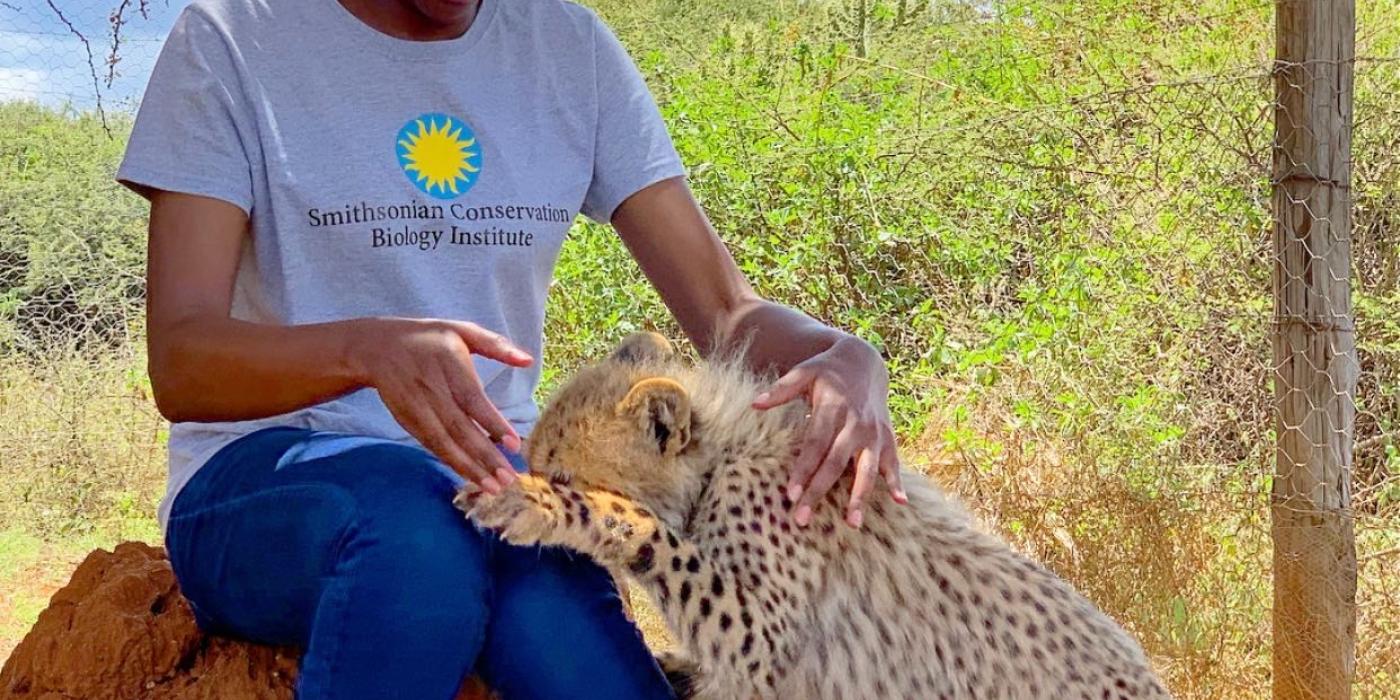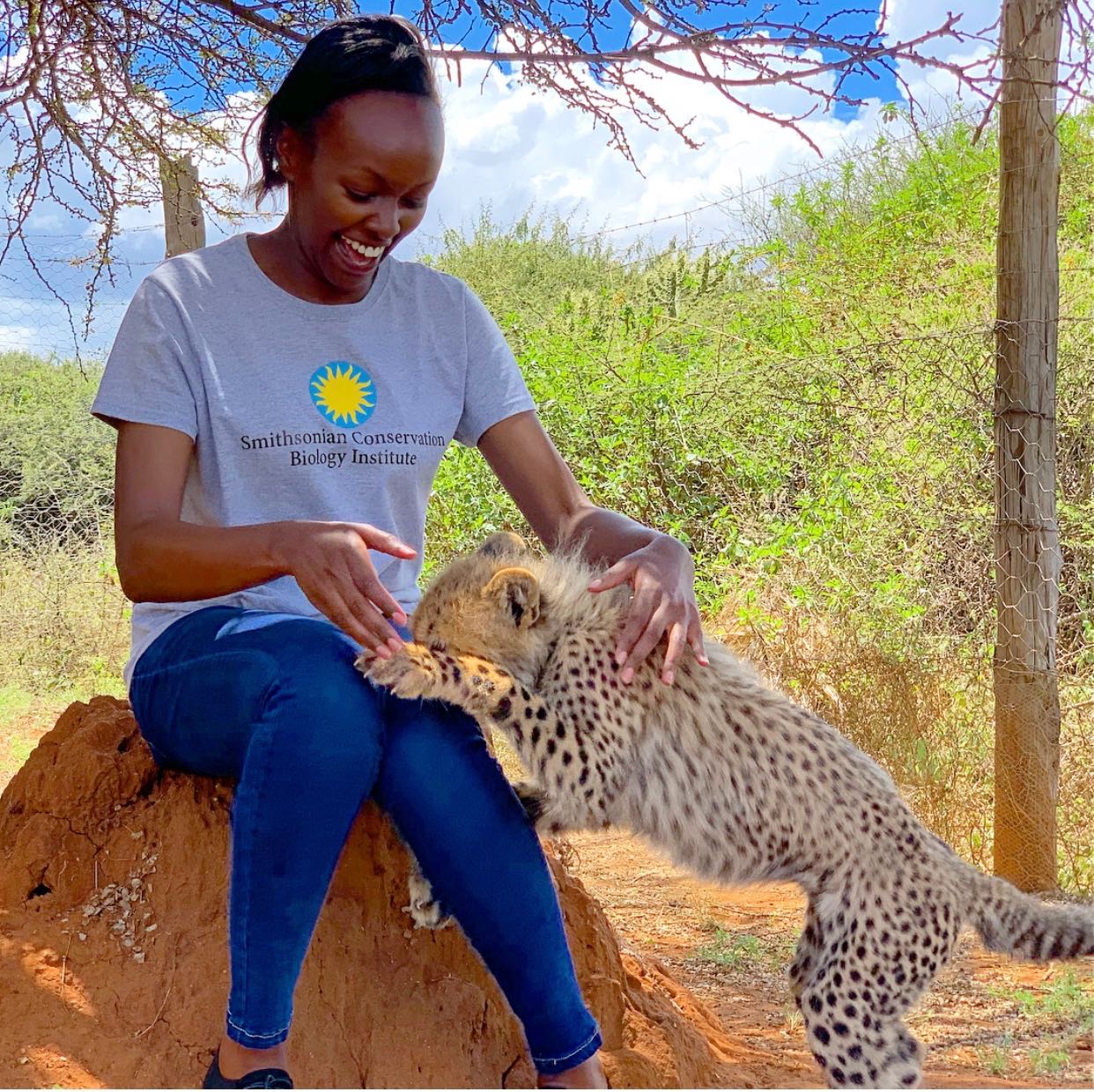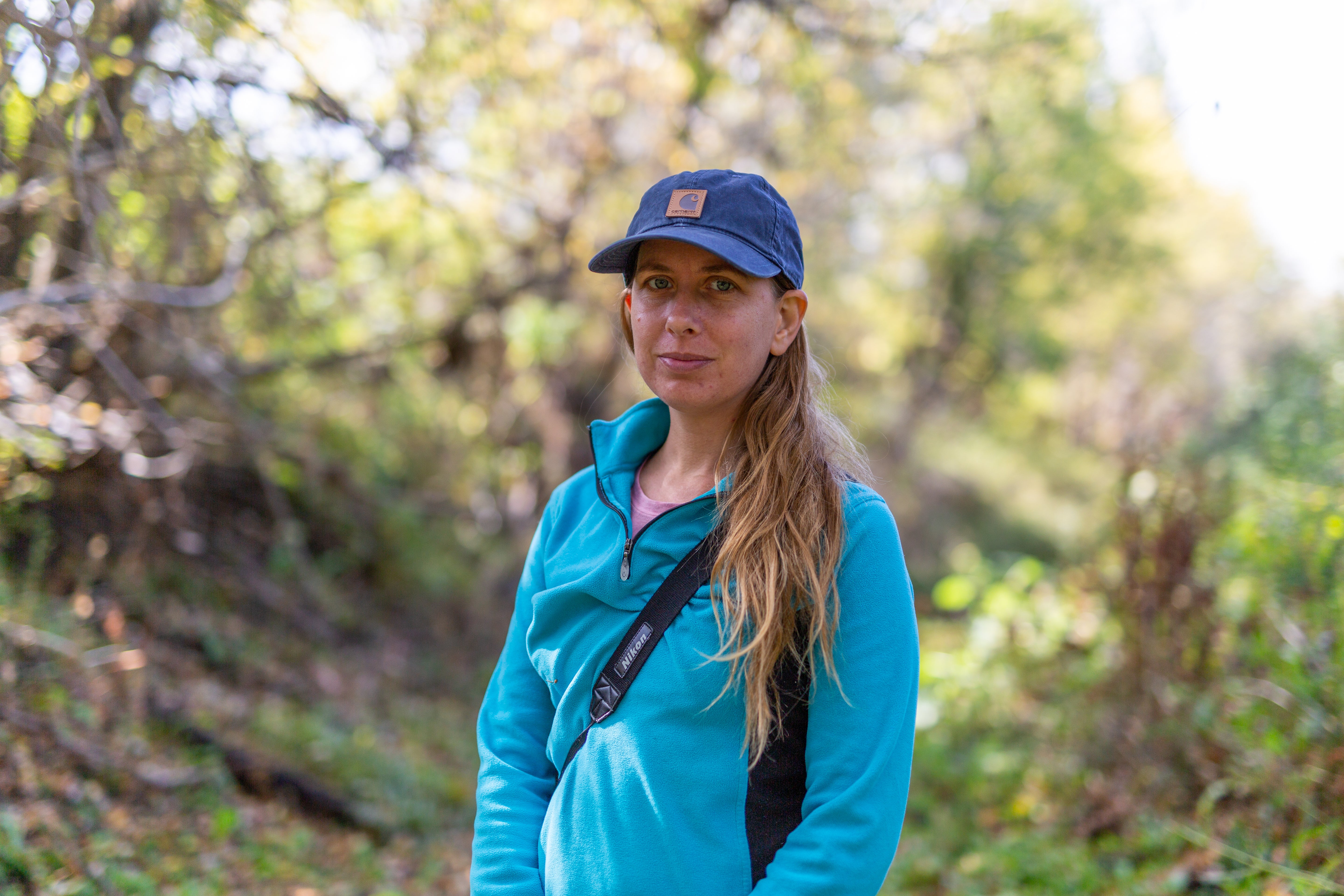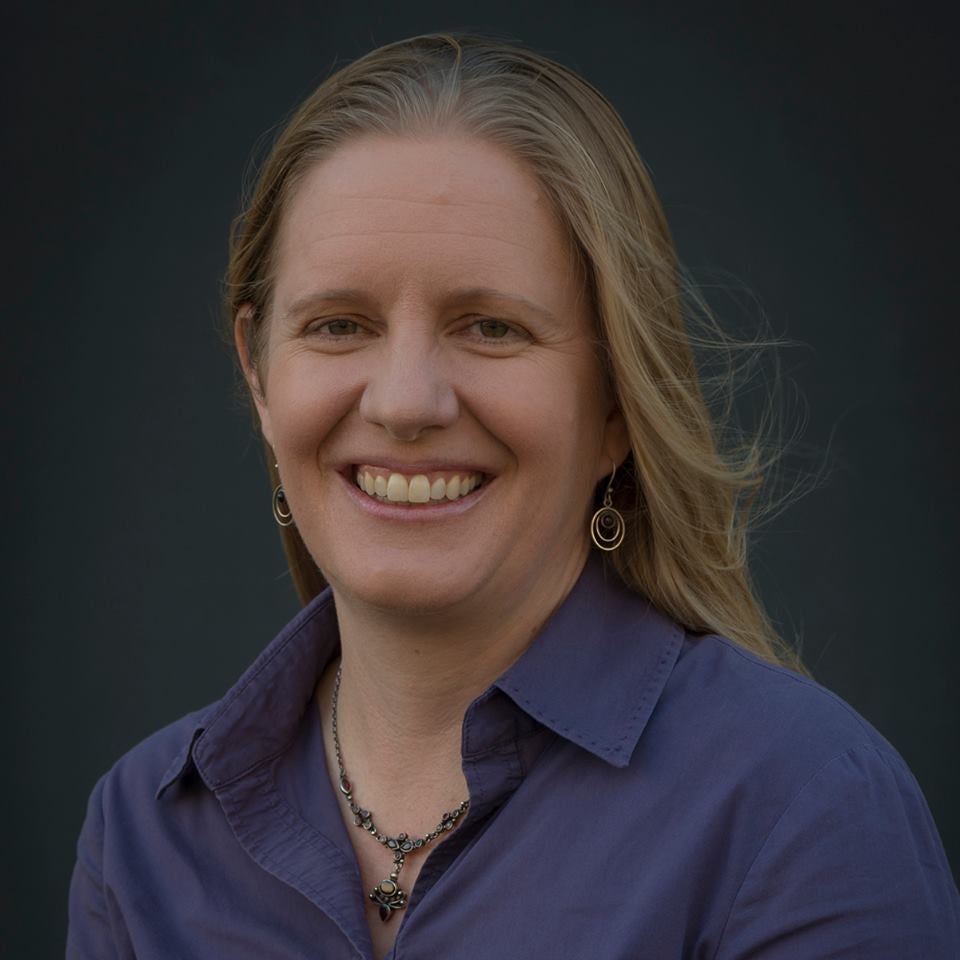Because of Her Story

The Smithsonian’s National Zoo and Conservation Biology Institute's dedicated staff are at the forefront of shaping the world’s understanding of animals and their habitats. Their amazing accomplishments are constantly improving animal husbandry and welfare, increasing global knowledge about the biology, health, behavior and ecology of wildlife, and—through scientific breakthroughs—are ensuring that species considered endangered today are around for future generations tomorrow.
They are animal keepers, veterinarians, nutritionists and researchers. Wildlife conservation is their passion. And, they are women.
The Zoo and SCBI are proud to participate in the Because of Her Story initiative, which uses technology to amplify a diversity of women’s voices—not in one gallery or museum, but throughout the Smithsonian’s many museums, research centers, cultural heritage affiliates and wherever people are online—reaching millions of people around the world.
This page will be updated throughout the year, highlighting the work of women scientists who are making a difference for wildlife. Follow along on social media using the hashtag #BecauseOfHerStory.

Maureen Kamau
Since 2015, the Smithsonian Conservation Biology Institute’s Global Health Program (GHP) has been working to save endangered species globally. As part of these efforts, GHP has established a wildlife health program with both a Southeast Asia and East Africa focus. In East Africa, the hub is in Laikipia, Kenya where GHP has built critical partnerships, invested in laboratories and created a veterinary training program.
As part of the Dennis and Connie Keller/ Morris Animal Foundation Veterinary Training Program, Dr. Maureen Kamau, Global Health Program’s veterinary fellow, works in partnership with Kenya Wildlife Services to treat injured and ill wildlife species. Dr. Kamau is based at the Mpala Research Centre in Laikipia, where she also works to build laboratory capacity and conduct wildlife research. As part of these efforts, Dr. Kamau works closely with experts across Smithsonian’s National Zoo and Conservation Biology Institute to create and adapt protocols for hand raising orphaned and ill animals, and to use available technology and expertise to safely reintroduce animals into the wild.
Human-wildlife conflict and exposure to infectious diseases carried by domestic pets pose a major threat to cheetahs throughout their range. In 2018, Pink, the cheetah pictured in the photo with Dr. Kamau, was orphaned and transported to Laikipia for advanced veterinary care. Recently, Dr. Kamau and GHP's Dr. James Hassell fitted Pink, who is now 8 months old, with a radio collar. They are tracking her increasingly longer forays into the wild.
Adrienne Crosier
Smithsonian Conservation Biology Institute cheetah biologist and Species Survival Plan coordinator Adrienne Crosier is in the spotlight! She manages SCBI’s cheetah research program with a focus on improving cheetah management and health for more efficient reproduction. Crosier and her colleagues ensure cheetah populations in human care are genetically diverse. The result? The population is stable, cats are living longer and there are more adorable cubs!

Hila Shamon
Thanks to Smithsonian Conservation Biology Institute landscape ecologist and mammologist Hila Shamon, we’re learning more about one of North America's greatest treasures: the American prairie. She studies ecosystem engineers — the plants and animals that help shape this unique habitat. Using camera traps, audio recordings, GPS tags and other technology to collect data, Shamon tracks how two keystone grassland species — American bison and black-tailed prairie dogs — live and interact with their grassland ecosystem
Janine Brown
Sound the trumpets for Smithsonian Conservation Biology Institute research physiologist Janine Brown! She heads the Zoo’s endocrinology lab—one of the world’s largest that benefits wildlife species. Her research informs what we know about animal behavior, reproduction and stress. Brown is a world authority on elephant reproductive biology, and her lab plays a key role in ex situ management plans for Asian and African elephants in the U.S. and in range countries like Thailand, Myanmar and Sri Lanka.

Kristina Anderson-Teixeira
Smithsonian Conservation Biology Institute forest ecologist Kristina Anderson-Teixeira's research on forests’ responses to climate change and other anthropogenic pressures helps others learn how to protect forests. As forest fires increase in frequency, there is a growing urgency to understand how affected forests may or may not recover. Anderson-Teixeira and colleagues have developed a mathematical model to better understand why certain landscapes are especially vulnerable to losing their forests and the species that rely on them, while others are more resilient.

